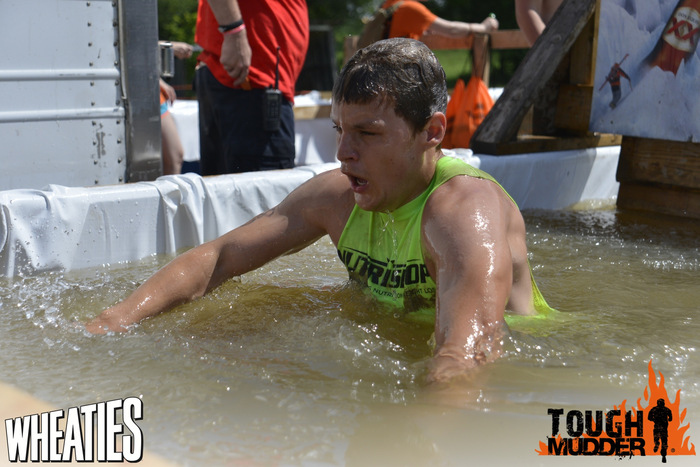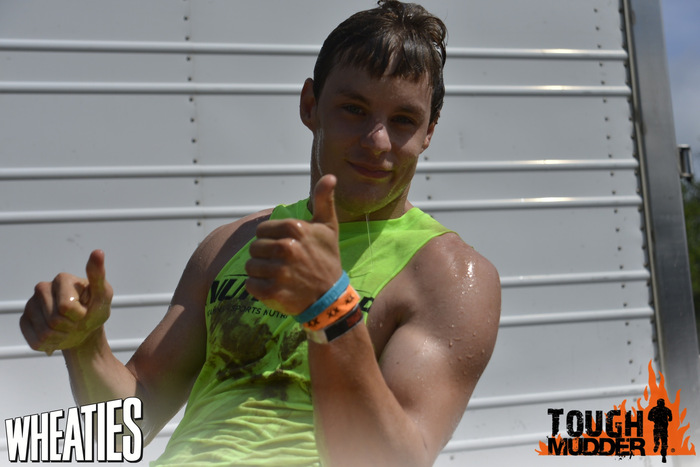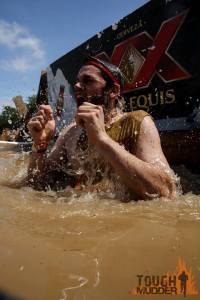When was the last time you threw yourself into anything wholeheartedly? This is not a rhetorical question? 
When was the last time you found yourself in the middle of something and you had to reach deep to muster the strength to finish? Again, not a rhetorical question. When was the last time you were faced with a challenge so daunting, that it scared you into an anxiety attack? Really. When was the last time you swallowed your pride, reached out your hand, and grabbed onto whoever was there for help? When was the last time you looked at a challenge and said (to yourself or out loud) “No way! There is NO Way!” Then, you watched someone else do it. Then someone told you, “You Can!!” And you did!
When? What was it?
This past weekend, I was in Charlotte, shooting the Tough Mudder Obstacle Course Race for GameFaceMedia.com. What an amazing experience it is to shoot another of these events. I watched person after person go far beyond their limits. Yes, there were those guys and gals, who trained for these event. My hat is off to them and they were awesome. I am not talking about them. I am talking about, the first time Mudders. Those guys and gals who made a decision to train for and complete “One of the Toughest Events in the World.” They decided to throw themselves into an event, go as hard as they could, and finish. They did not complete obstacles with finesse. They did not look great in mud-covered spandex as they sprinted through or climbed over walls. They completed those obstacles with heart, courage, and encouragement. Truly, they Gutted it Out!
As a general rule, when they finished the last obstacle – they were done. Not, “Really Tired,” I need some rest tired. More like, “I have been running and fighting this course all day. I need help to stand up!” Really tired.
You might think this is crazy and insane. There is a bit of truth to that. But, there are so many of us who wished we could do things differently. We make excuses, and just write so many things off as, “I can’t do that.” “I don’t want to do that.” Imagine yourself as the office coworker of an athlete who finished an obstacle course race yesterday. They may walk into work a little slower than last week. They will probably tell you about the race over lunch – which was not really a race. They will tell you that they thought they were going to die, and mean it. They will show you a scrape and a bruise and tell you about the obstacle. They will tell you about the headband and the best tasting beer in the world. They will show you the pictures and you will be amazed. They, however, are different. They will walk a little taller. They will sit a little straighter. They are more confident and disciplined. Because, they do know the last time they put it all out there. They remember the last time they completely surprised themselves by gutting it out. They remember the time when they were done and could go no farther, when a buddy grabbed their hand pulled them up and said “You did it, Mudder!”
They may also remember shouting “YYEESSS!” as loud as they could.
So, when was the last time you did that?

